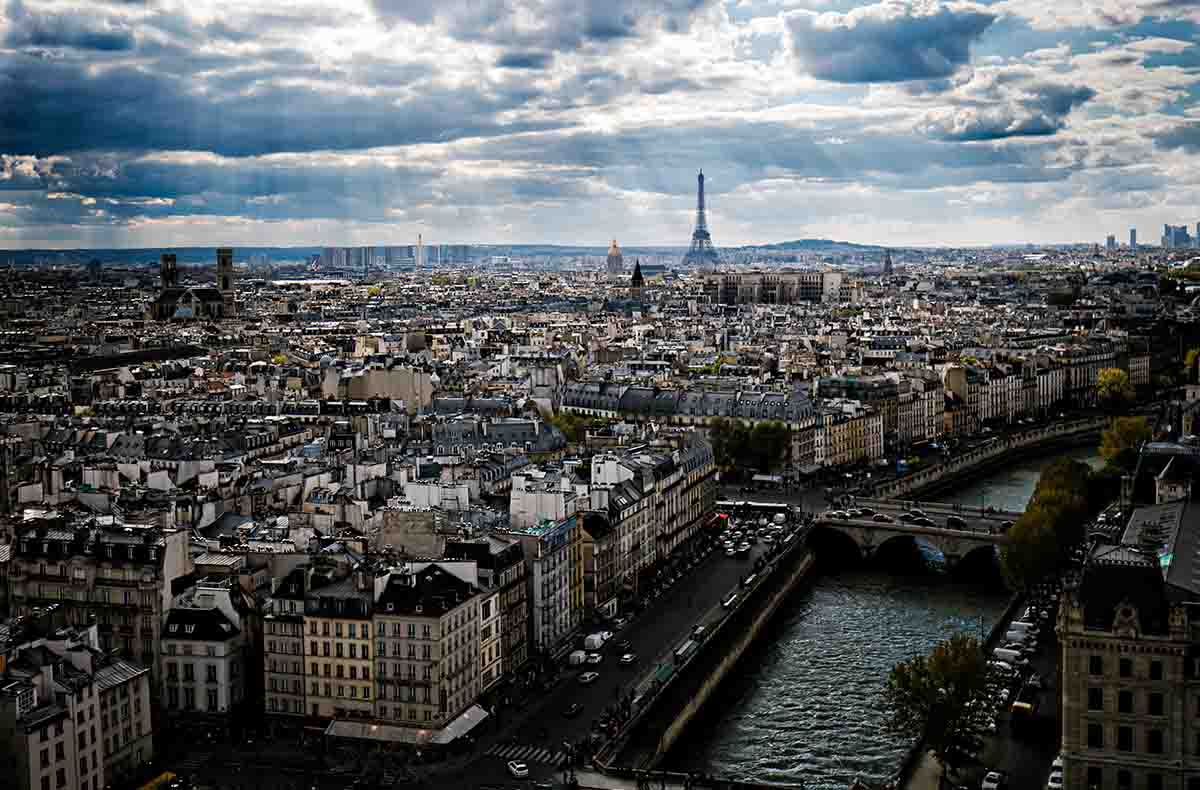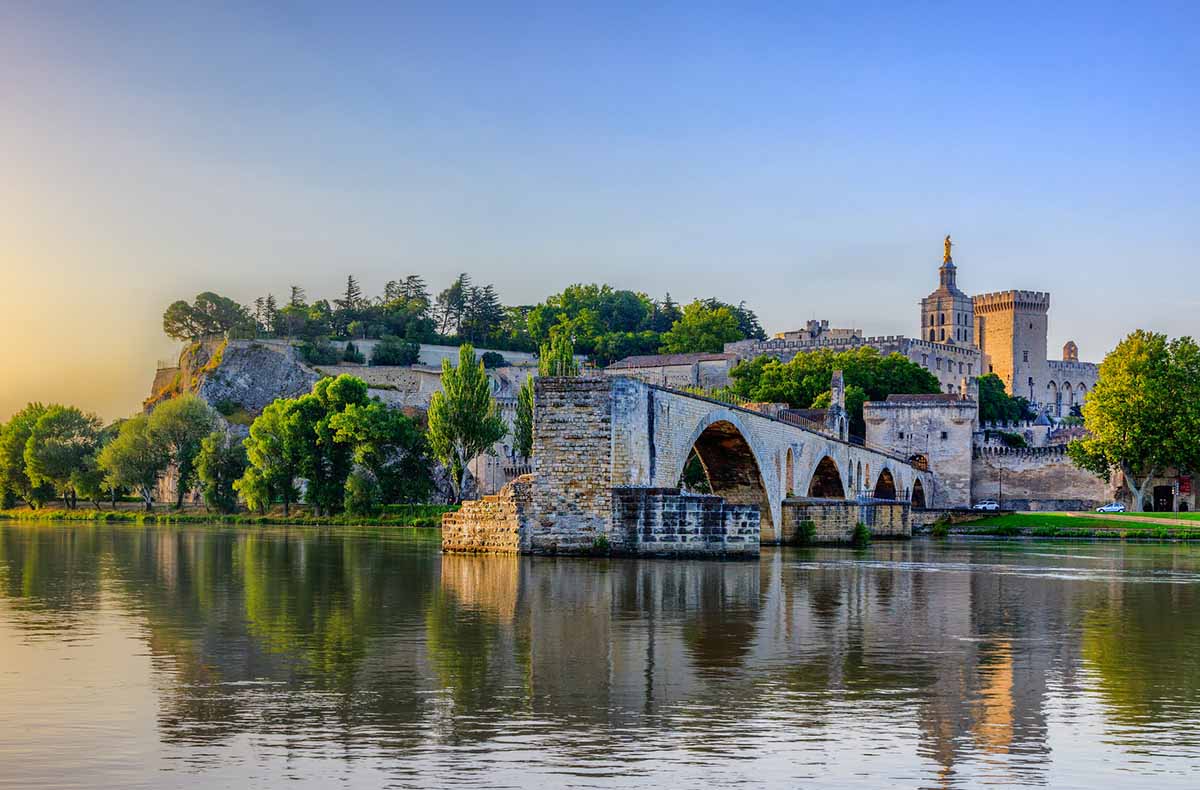
The last time I visited my family in the United States, my sisters introduced me to Emily in Paris. The Midwestern climate is highly conducive to spending long periods of time indoors, so we made it through two seasons’ worth of episodes. I learned more about the triumphs, frustrations and romantic particulars of Emily’s life in Paris than I ever expected to learn. I’ve not yet seen season three.
Emily’s Parisian adventures have been greeted with a hearty de ouf putain by most French. Real-life U.S. expatriates “wish [she] would go home,” as headlined in The New York Times. Since the city is now a main character in my life as well, I felt obliged to compare our relationships to it, a powerful instinct to grab the easy egoic boost.
I had these thoughts, yes, but that doesn’t mean they were interesting enough to subject you to them. Instead, I would like to tell you a little about la banlieue.
La banlieue is not a specific place, but rather a kind of place. It’s the kind of place that Emily doesn’t visit, because la banlieue is rarely the center of attention. In both a literal and metaphorical sense, la banlieue is the outermost rim of the city.
Every French city of meaningful size has one, but the Parisian banlieue is the archetype depicted in popular films like Intouchables. It’s not the first, second or tenth place that comes to mind when you think of Paris. But about 10 million people live in la banlieue, compared to roughly two million in Paris itself. There’s a lot of life happening there.
The classic image of la banlieue is a gritty one, to be polite. To be direct, you might use other adjectives like “dirty” or “dangerous” (or if you’re part of France’s powerful far-right movement, “full of non-white immigrants”). Organizations like the Institut Montaigne, a centrist French think tank, are constantly drawing up “battle plans” to combat “persistent backwardness” in la banlieue. These neighborhoods are often depicted as sites of struggle for the future of France. They might be, but they’re also more (mundane, complex and human) than that.
Spend a few days on a street corner in a certain part of la banlieue and you’ll quickly pick up many of its rhythms. A construction project on the street forces a stream of delivery trucks and older-model cars through a congested chokepoint before spitting them out onto a broad stretch of asphalt, with glum towers looming on either side. A group of young men in dark sweatsuits stand outside a kebab shop, shouting at each other in languages from the former French colonies. Trance-like music thuds from car speakers. The storefronts advertise exotic fruits and money transfers instead of souvenirs and guided tours.
But suppose one day you decide to take a walk to a different part of la banlieue. Depending on the direction you choose, you could wind up quite confused. You might find yourself in the gardens of the Parc de Sceaux, a 17th-century chateau where boats float on man-made canals. You might get lost in the winding streets near the Arcueil-Cachan RER station and look up to see cute houses that wouldn’t look out of place in a Norman village, or an aqueduct once painted by Matisse. You might stop at one of those fruit shops and pick up a remarkably ripe mango.
Then you might begin questioning the gray-tinted filter—cousin to the infamous “yellow filter” used by Western filmmakers to convey the danger and intrigue of non-Western places—through which la banlieue is usually depicted.
This isn’t to overly romanticize la banlieue. There are moments when I’m trudging along a tree-free sidewalk on a windy morning when I envy the Paris that Emily lives in—where every sight, smell and sound seems to have been carefully curated for the ultimate streamable life experience, and every inconvenience is small and temporary. It does seem nice, you know? And a guy did just urinate in the corner over there.
On the other hand, the boulangerie across the street has terrific pain au chocolat*. And they don’t cost €5 a pop, unlike the ones in the neighborhoods Emily might frequent (though, come to think of it, I don’t remember her having many conversations about the comparative prices of things—perhaps the show’s most egregious departure from authentic French life). Like many aspects of la banlieue, it’s easy to draw quick comparisons with life in Paris proper, though harder to draw interesting ones. Come back a few hours later, and you might find the same boulangerie serving what appears to be a crescent-shaped shoe.
Paris Syndrome—in which visitors experience what can be generously described as a grown-up meltdown after realizing the city is not a giant wish-fulfillment park—has been described by The Atlantic as a “first-class problem for a first-class vacation.” It tends to be triggered by the epiphany that life in the City of Light has more in common with life in la banlieue than the Airbnb ads suggest. And while it’s easy (and in many cases, probably appropriate) to scorn the people who “suffer” from it, I also find it interesting to notice how easy it is to fall into the trap of believing other places exist primarily to be backdrops to my own quest of self-discovery.
In la banlieue, it’s harder to have delusions of grandeur about your place in the world. That can be liberating and/or disconcerting—and often both at once. Who knows if Emily will ever experience this for herself? But also: who cares? Other things are happening and the train’s about to leave.



